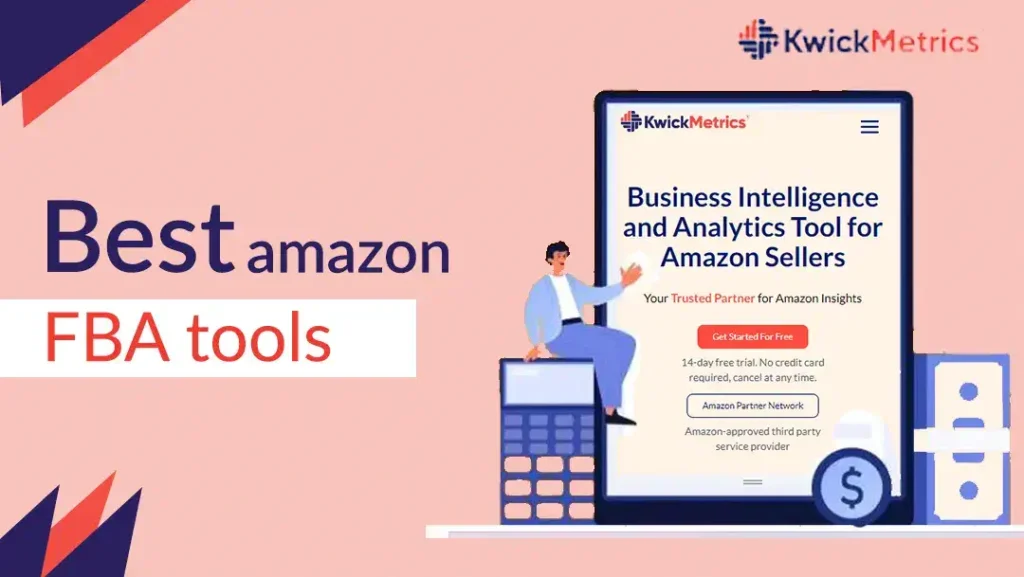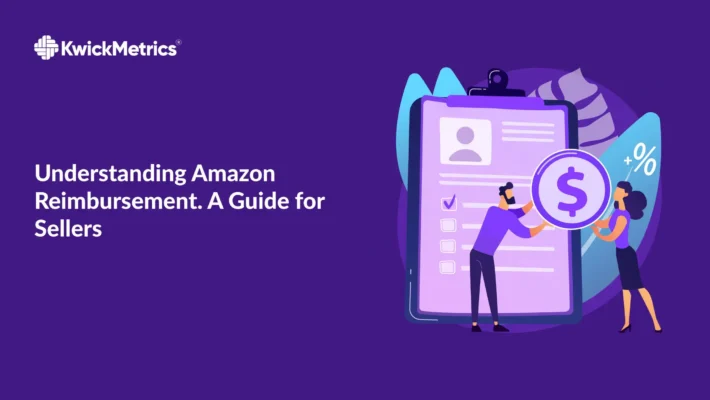How Do Amazon FBA Tool Changes Affect the Amazon Sellers?

Being a third-party seller landscape, Amazon’s platform has changed drastically over the past years. It started with just a thousand sellers and now runs with around ten million sellers across the world. No wonder every seller looks for high-demand and profitable products for their inventory stock and meets Amazon’s consumer market needs.
Well, FBA seller tools play a great role in successful Amazon sellers with their business practice optimization. But sellers have faced a lot of confusion because of the current changes in FBA storage limits in the past few years.
Do you know what changes are made? Let us tell you.
What Changes Come in the New FBA Capacity?
Recently, Amazon has brought changes in their weekly restock limits and quarterly storage volume limits, which have been effective from March 1st, 2023. They have removed both facilities and replaced these two with one solution- FBA Capacity Limits.
These new FBA capacity limits include some monthly limits to ensure the inventory amount the Amazon sellers can send and stock here. It will allow sellers more inventory control and capacity than the previous restock and storage volume limits.
And every third week of each month, Amazon will set the FBA capacity limits so you can have an idea of the estimated capacity limits and plan accordingly in advance, like up to three months. Every storage type has its different limits depending on your business, like the standard size, oversize, and more. But all these limits can affect the IPI score of a seller within the Inventory Performance Section of Seller Central.
For instance, the capacity limits will be high with a higher IPI score. And the IPI score is influenced by the following factors:
- Excess inventory
- In-stock rate
- Sell-through rate
- Standard inventory
Try our Amazon Analytics Tool with a 14-day Free Trial!
It only takes a few seconds to fill out the signup form and start trying out KwickMetrics.
How Does This New FBA Capacity Affect Amazon Sellers?
While on one hand, Amazon FBA tools have played a great role in helping the sellers to achieve success, the FBA capacity limits affect the same sellers a lot, but mostly, it’s advantageous.
For example, compared to inventory storage made in the past by Amazon, the updated FBA capacity brings a positive change. Like being a seller, you can have a clear idea of the amount of inventory you can send to Amazon for each storage. Also, it provides greater capacity limits for the period you can sell through the current inventory. If there is no sale for months, you can’t expect more storage capacity rewards.
In short, if the sellers require more room for other products you offer or a new product launch, you can submit for an extra storage capacity. However, we recommend this only when you have confidence about the new inventory sale because only then Amazon gives your performance credits with offset reservation fees.
Now, have an idea here for accessing an Amazon FBA capacity manager. Such as:
- Visit the FBA dashboard in Seller Central to see your Capacity Monitor to ensure your FBA business, capacity for every storage type, and estimate limits for three months in advance.
- See the graph representing your number of units and volume in your inventory with the maximum allowed shipment depending on your current capacity usage.
Bottom Line
So, what do you think about this new FBA capacity? Let us know. And if you want to grow your business and change the data displaying style in the report using the best Amazon FBA tools, go for KwickMetrics.
Interested? Schedule a 15-minute free demo now to learn more about how this FBA seller tool can improve your Amazon business!



